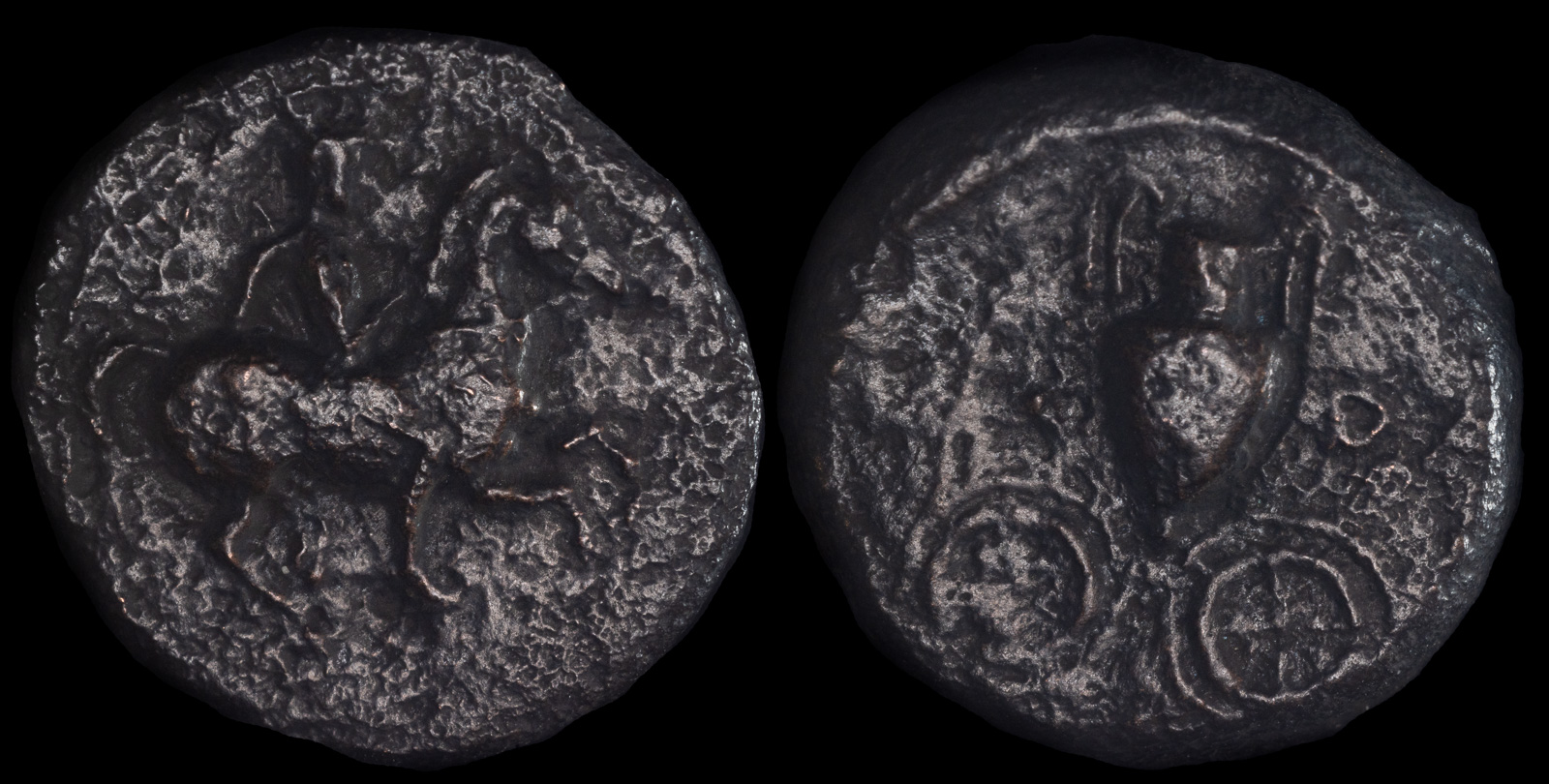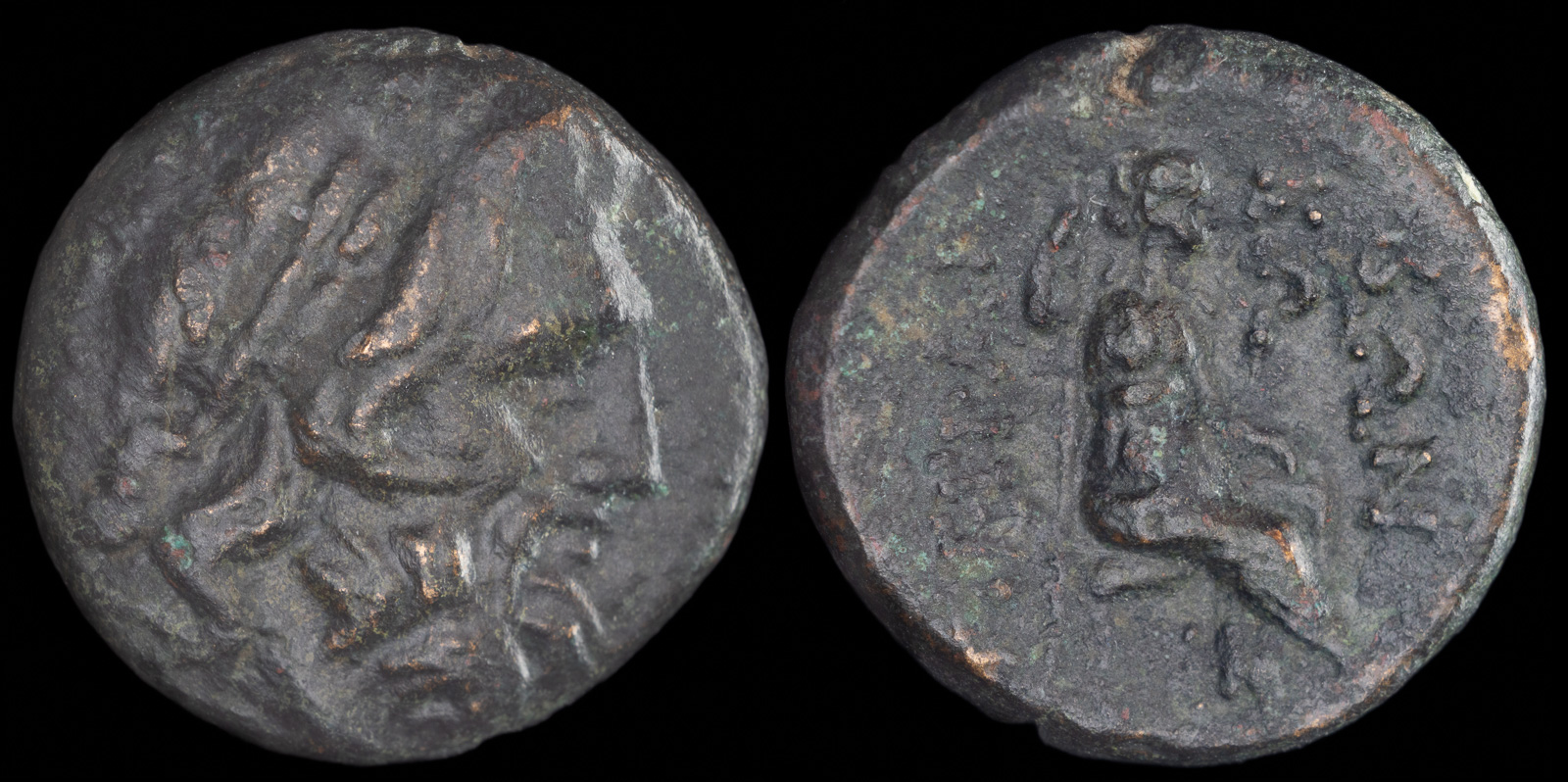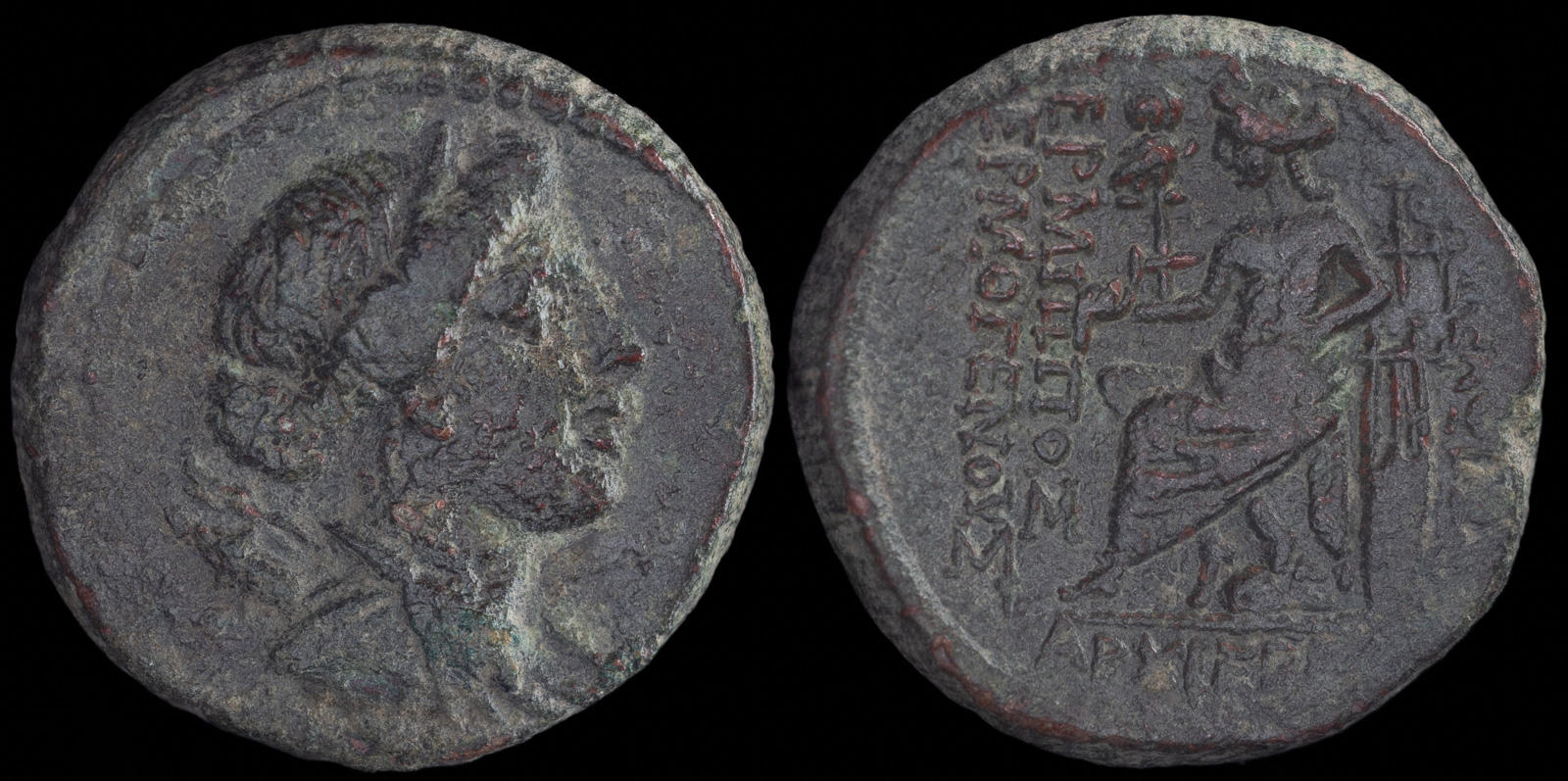Chiton
View All Tags
The chiton was worn by both men and women, though its design differed slightly between the sexes. Men typically wore a short chiton that ended around the knee, often paired with a belt or sash to gather the fabric at the waist. Women’s chitons were usually longer, reaching the ankles, and were often worn with additional accessories, such as a himation (a cloak) or a stola in the case of Roman women. The length and decoration of the chiton also varied depending on the wearer’s social rank and the context in which it was worn. Wealthier individuals might have adorned their chitons with intricate patterns or borders, while others kept the garment simple.
The process of wearing and styling a chiton was highly versatile. It could be worn in different ways, depending on the occasion. For example, it might be draped loosely for casual wear, or more tightly and formally with the use of pins or belts to create a structured appearance for public events or rituals. In some instances, the fabric of the chiton was gathered and folded in various ways to create pleats or draped effects, which were considered fashionable and graceful. The chiton could also be adjusted by adding or removing layers of cloth, providing flexibility for the changing needs of the wearer.

Thessaly, Krannon
circa 350-300 BCE
Æ Dichalkon 16mm, 3,53g
Rider on horseback right, wearing petasos and chiton; K to upper left /
K PA/NNO around from upper left, hydria on cart with long handle to left
BCD Thessaly II 119.4

Perrhaebi, Thessaly
300 – 200 BCE
Ae 18.0mm, 7.0g
Obv: Bearded and laureate bust of Zeus right
Rev: ΠEPPAIBΩN; Hera, wearing chiton and veil, seated right on stool and holding scepter; KΩ to right of head
Rogers 144, SNG Cop. 197

Lydia, Philadelphia
Hermippos son of Hermogenes, magistrate
2nd-1st centuries BCE
Æ 20mm, 9,40g
Obv. Draped bust of Artemis right wearing chiton and stephane, bow and quiver at shoulder.
Rev. ΦIΛAΔEΛΦEΩN EΡMIΠΠOΣ ΕΡΜΟΓΕΝΟΥΣ AΡXIEΡEΥΣ, Apollo seated left on throne with a back, holding patera; lyre to the right; on back of throne, owl standing to right.
SNG Cop. 337; BMC 10